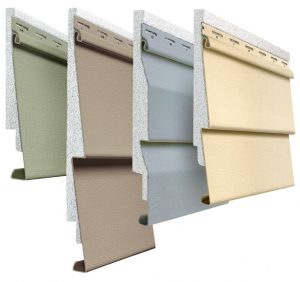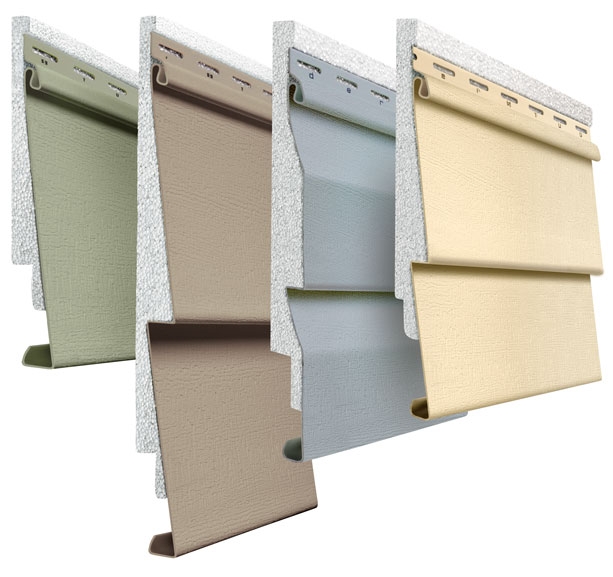How a property looks on the outside can leave a lasting impression for good or ill, regardless of the quality of the property’s interior. That’s why siding is such an important part of any home’s design. Of all the siding choices available such as wood or aluminum, vinyl has proven to be the most popular choice for homebuilders across North America. In fact researchers at the US Census Bureau have indicated that last year 33 per cent of all new homes constructed in the US featured vinyl siding.
But why is vinyl siding so popular? There’s no one answer, instead there is a wide range of reasons  for using this adaptive and resilient product. Vinyl siding wasn’t always the material of choice for home builders or renovators. The first examples of this product appeared on the market in the 1950s, generating a less than enthusiastic response. First Generation vinyl siding was expensive, did not weather well and faded under direct sunlight – factors that would seem to have doomed its continued usage. But chemists and manufacturers recognized the inherent advantages of the material and toiled for decades to perfect and fine tune the formulas and manufacturing techniques that have lead to today’s vinyl siding.
for using this adaptive and resilient product. Vinyl siding wasn’t always the material of choice for home builders or renovators. The first examples of this product appeared on the market in the 1950s, generating a less than enthusiastic response. First Generation vinyl siding was expensive, did not weather well and faded under direct sunlight – factors that would seem to have doomed its continued usage. But chemists and manufacturers recognized the inherent advantages of the material and toiled for decades to perfect and fine tune the formulas and manufacturing techniques that have lead to today’s vinyl siding.
So, what are the advantages of using vinyl siding? Here are just a few:
Diversity: Vinyl siding offers a huge range of textures, architectural trim, colors, sizes and accents. The Vinyl Siding Institute for example has certified more than 350 different colors for vinyl siding, far more than for any other similar product. Contemporary vinyl siding can even mimic the appearance of wood, slate and stone in addition to being offered in solid colors. This Chameleon- like ability makes the material highly flexible in its usage.
Durability: Vinyl siding is durable and manufactured to last for decades. Modern vinyl siding can withstand high winds, is resistant to heat, cold and moisture, retains its original appearance and performance capabilities over long periods of time. The lifetime warranties on the product as well as on installation offered by many vinyl siding manufacturers are clear testament to its confirmed longevity.
Green Product: You may not think about it that way, but vinyl siding is considered an environmentally friendly “Green Product”. Materials of this sort outperform other exterior cladding, including brick, in almost all life cycle stages for both environmental and economic performance. Insulated siding (siding which has the added benefit of insulation) provides the beauty, durability and sustainability of vinyl house siding with the added benefit of improved energy efficiency. Due to its ability to reduce thermal bridging, insulated siding has been added to the checklist of building products that can help meet the requirements to qualify a new home as an ENERGY STAR® Qualified Home.
Easy to Install: Vinyl siding is one of the easiest products of its type to install, on both new and older homes. As it can be installed over existing materials, it’s an excellent retrofit option and as the installation process is relatively easy, labor costs are typically saved. A reputable manufacturer (such as Phoenix Siding) will handle the installation using the proper installation techniques required by the VSI Vinyl Siding Installation Manual.
Easy to Maintain: Not requiring painting, vinyl siding only requires periodic (once a year) cleaning with mild soap and water to remove dirt or other materials. Vinyl siding is also not susceptible to problems associated with rotting, cracking or insect damage, issues that can devastate the appearance of a home and negatively impact its value.
So to sum up, vinyl siding is the most popular exterior cladding method for homes in North America for numerous reasons. Affordable, long wearing and beautiful, vinyl siding is the correct choice for any new home or renovation project.


